Vancouver to Toronto on board The Canadian. The four-night journey is billed as one of the world’s greatest rail adventures. It travels through five Canadian provinces, four time zones, Alberta’s snow-capped mountains and the flat plains of Saskatchewan. Yes, I could fly across this rather enormous country and later tell tales of the quality of the airport lounges and the efficiency of the security check. Or I could actually see this country I’ve called home for the last nine months.
Day 1: Vancouver to Jasper
The Canadian left Vancouver at 8.30pm and the light barely held until we’re out of the city. The schedule is timed to travel through the most scenic parts during daylight, hence the late departure. I’m travelling in cattle class so when it’s time for bed I change into my pjs, (a lot of passengers do, not just the kids), grab my sleeping sack and make a pillow out of my jackets and backpack. The seats are spacious and recline considerably, without imposing on the passenger behind. Extended footrests rise to the seat’s level giving me space to curl my feet up onto. It’s rare that anyone has to share a two-seater, other than couples who chose too.
I woke up in the mountains. Every now and then there was a clearing with a horse or a shed. Deep blue lakes also broke up the trees. There were announcements when we approached something interesting: waterfalls, a view of Mount Robson, or a bear. Sometimes the trees and cliff edges are so close that it’s impossible to see anything beyond them. Even when squishing my face against the window and straining my eyes up. The dome car offers a better view, but the light reflections make it difficult to photograph from.
We crossed the border into Alberta some time after 1.30pm and pulled into Jasper about 4pm. The train stops here for 90-minutes to allow for any lost time. But I get off. This is my destination. For now.
Day two: Jasper to Saskatoon
Four days later I’m back at the Via Rail station and back on The Canadian. The train departed at 5pm, weaving back into the mountains. By sunset the landscape had levelled out as we headed towards Saskatchewan. At this end of the country it’s not dark until 10pm. I fell asleep easily, but was woken through the night as new passengers, including a family with a temperamental child, boarded about 3am.

My phone alerted to me a time zone change, putting us forward an hour for central time. However when 8am came and went with no mention of our arrival into Saskatoon I double checked my clock settings to find Saskatchewan had its own time setting and it was still only 7.25am. Dammit.
The Saskatoon station is about 8km from the city and there was no shuttle. A taxi costs about $20, although there were none waiting when we arrived. The desks inside the station were also unmanned. Luckily I’d done some research and walked about 10 minutes to a local bus stop and caught that into town for a couple of dollars. Thanks Google Transit.
Day three: Saskatoon to Winnipeg
The local buses don’t run early enough to get me to the station in time so my only option was a taxi. My driver got lost, but I’d left plenty of time. Luckily. He also didn’t turn off the meter so guess who didn’t get a tip!
The flat prairie landscape continued for hours. The colours at this time of year are so rich. The paddocks are either a bright green or deep brown if they are being ploughed. The contrast is lovely. The ponds and lakes are a bright blue. Some paddocks appear almost white with the wheat grass, others all yellow from dandelions. Sometimes the only sign of life was the dust rising up as a car speeds down a gravel road. We went through several railway crossings, but there was never anybody waiting.
An announcement told us to keep watch for bison and we eventually see some far in the distance. At 1pm we crossed into central time and lost an hour. At Melville, a “city” of 5000, we disembarked for 30 minutes. The station is surrounded by derelict buildings, which probably said everything I need to know about this place.
For dinner I headed to the dining car for the first time. It’s a bit of a trek to get there – through about five carriages including some of the sleeping cars. Part of me is envious they have a bed, then I noticed their toilet is less than a metre from where the passengers sit during the day. Two of my dining companions are headed to Winnipeg. The husband used to work for the railway so now has a pass to travel when and where he likes (what I wouldn’t give for that!!). The third is a truck driver who uses any excuse not to drive.
After dinner (salmon with a fruit salsa and vegetables) we pulled into Winnipeg about 8.30pm. We couldn’t reboard until 10pm and the train wasn’t leaving until 10.30pm. The station is next to The Forks, an indoor market on the riverbank. I spent the stopover walking along the river, through the market and a quick loop through downtown before we reboarded.
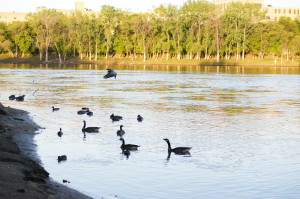
Day four and five: Winnipeg to Toronto
Today I faced my first full day on the train. Stopping at Jasper and Saskatoon meant I had yet to wake up and go to bed on the train in the one day. I started the day with breakfast in the dining car, having had enough of sandwiches, instant oatmeal and museli bars. We crossed into Eastern Time so I arrived at breakfast just after 8am and leave close to 10am. I spent the morning taking pictures. The Manitoba landscape has lots and lots of trees. It’s still pretty flat, but now we have lakes and a bit of bush. I loved watching the view changed as we travelled through the different provinces.
When the hostess came to take lunch and dinner reservations, the only seating left for both meals was the last one. I didn’t fancy anything on the dinner menu, or eating at 9pm, so I opted for a late lunch. Torn between two options, I split two of the dishes with one of the other passengers. Her suggestion, which worked out well for both of us. A multi-seat conversation started and we didn’t leave until the crew kicks us out to set for dinner. I’ve never experienced the same level of interaction between passengers on any other form of public transport.
We followed the excitement of Melville with a stop in Hornepayne. It’s Victoria Day so most of the shops we see – a hardware store, bank and library – are shut. But it’s nice to get off the train.
I spent the afternoon reading and having a nap. Sometimes the time seems to drag, but it’s so relaxing knowing I don’t have to be anywhere or do anything. We were out of mobile reception for most of the day. That doesn’t change until about 1am. I know this because that’s when all the phones started beeping with new messages.
I’ve slept well every night, but after spending more than 30 hours on board, and most of that at my seat, I tossed and turned a lot during the night, changing positions, curling up then stretching out, kicking my sleeping bag off and then pulling it back on.
In the morning I gathered my belongings together. Everyone is pretty trusting – bags, cameras and laptops have been left at empty seats for most of the trip. I had breakfast in the dining car and get back to my seat not long before we arrive in Toronto. At one point we were running half an hour behind, but we arrived five minutes early at 9.20am.
I have one hour before I board my next train. This time it’s just a five-hour trip to Montreal.
View a gallery of pictures from The Canadian here.
What you need to know:
- The Canadian travels between Vancouver and Toronto. Non-stop the trip takes three and a half days, leaving at 8.30pm and arriving at 9.30am.
- It departs Vancouver on Tuesdays and Fridays (off-peak sason) and Tuesdays, Fridays and Saturdays (peak season).
- It departs Toronto on Tuesdays and Saturdays (off-peak season) and Tuesdays, Thursday and Saturdays (peak season).
- I travelled in Economy class, although the train wasn’t busy so I had two seats to myself for the whole trip. Economy class means sleeping at your seat and there is no access to showers.
- I bought an Canrailpass-system, which allowed me seven one-way trips over a 21-day period. One stopover is allowed per trip so you essentially get 14 trips. It was great value, however be sure to check the Express Deals as there are often heavily-discounted cabin or sleeper tickets.
- There is no wifi on the train and although wifi is advertised at the stations, I found it didn’t always work. Mobile reception is sporadic so expect to go most of the day without it.
- The on-board kiosk has snacks, sandwiches, drinks, tea and coffee etc. Larger meals are available in the dining car.
- Breakfast. There are continental ($6) and cooked ($8-9) options. Items such as toast ($2), cereal ($2) and coffee ($2) are also available individually.
- Lunch. Every morning the hostess will take bookings for the various sittings. Expect to pay $7-10 for a sandwich, burger or salad. Smaller items including soup ($2.50), grilled cheese sandwich ($3.75) and desserts ($2-4) are also available.
- Dinner. Bookings are taken early in the day. Main courses cost $11-12 and soup, garlic bread, salads and desserts range from $2-6.
- I saved a lot of money by taking my own food such as instant oatmeal that only required hot water (which the kiosk often gave me for free), muesli bars, bread and peanut butter for sandwiches and fruit.
- For more information visit the Via Rail website.
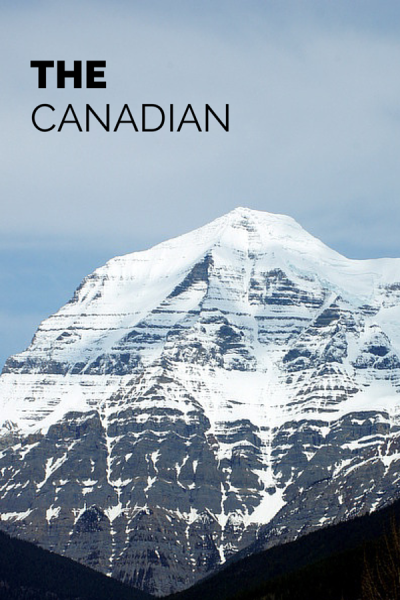

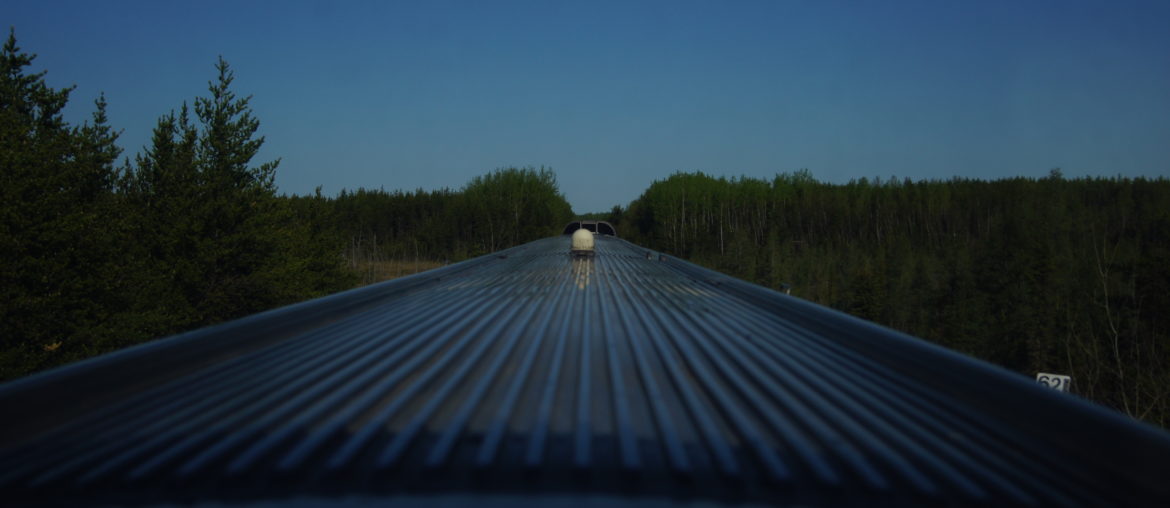
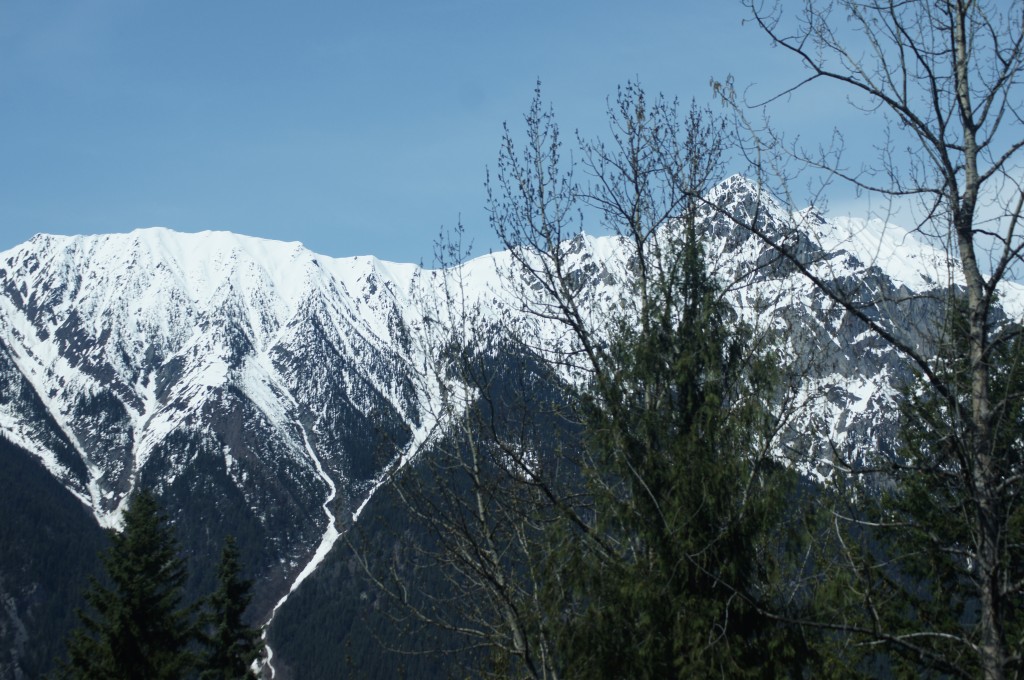


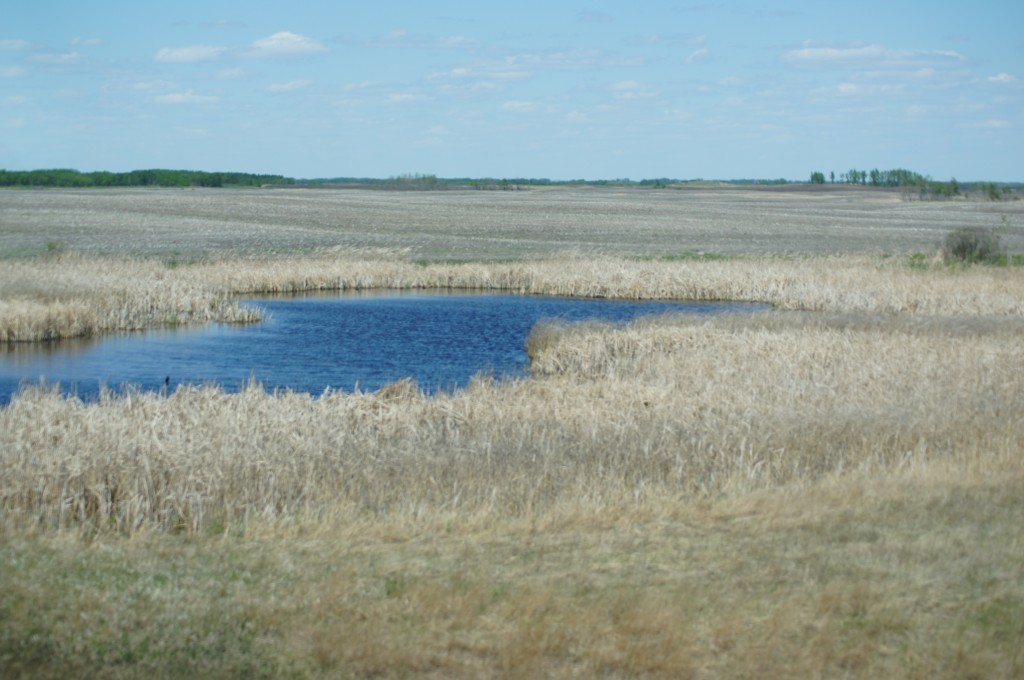
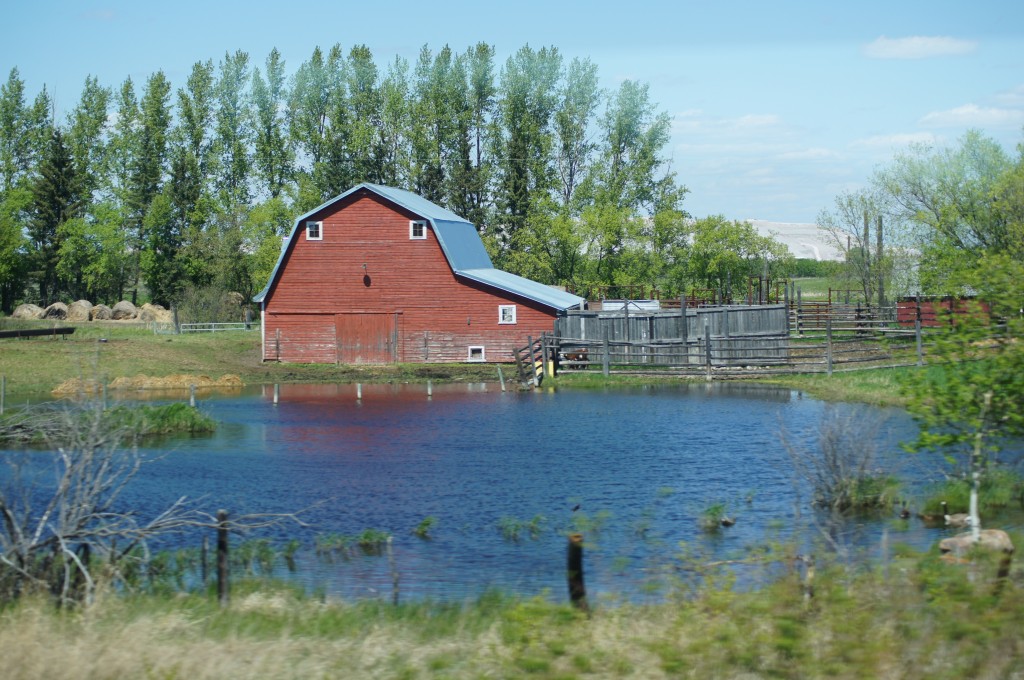




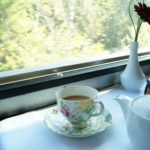
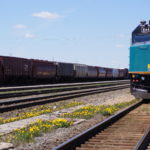

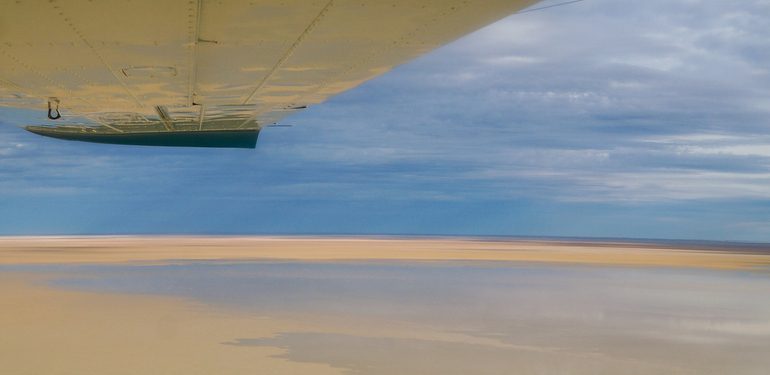
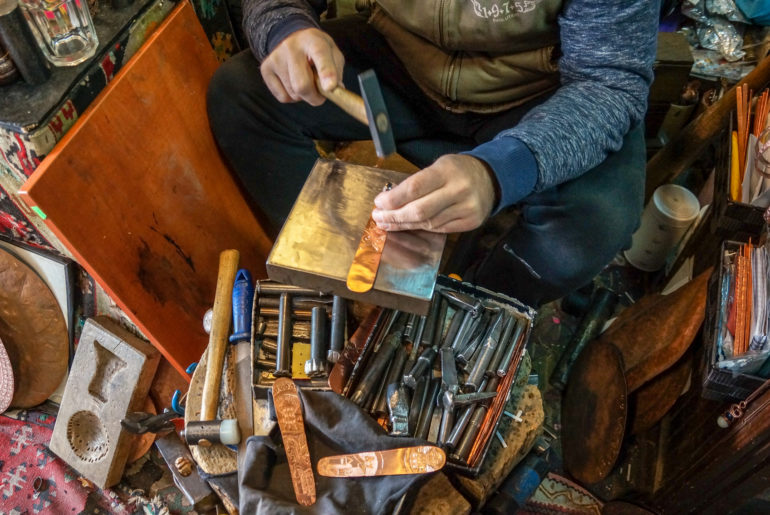
2 Comments
Awesome! looks like a great trip…I love travelling by train and Canada looks beautiful! enjoy!
Pingback: In Pictures: Through the window of the Canadian. | Pegs on the Line